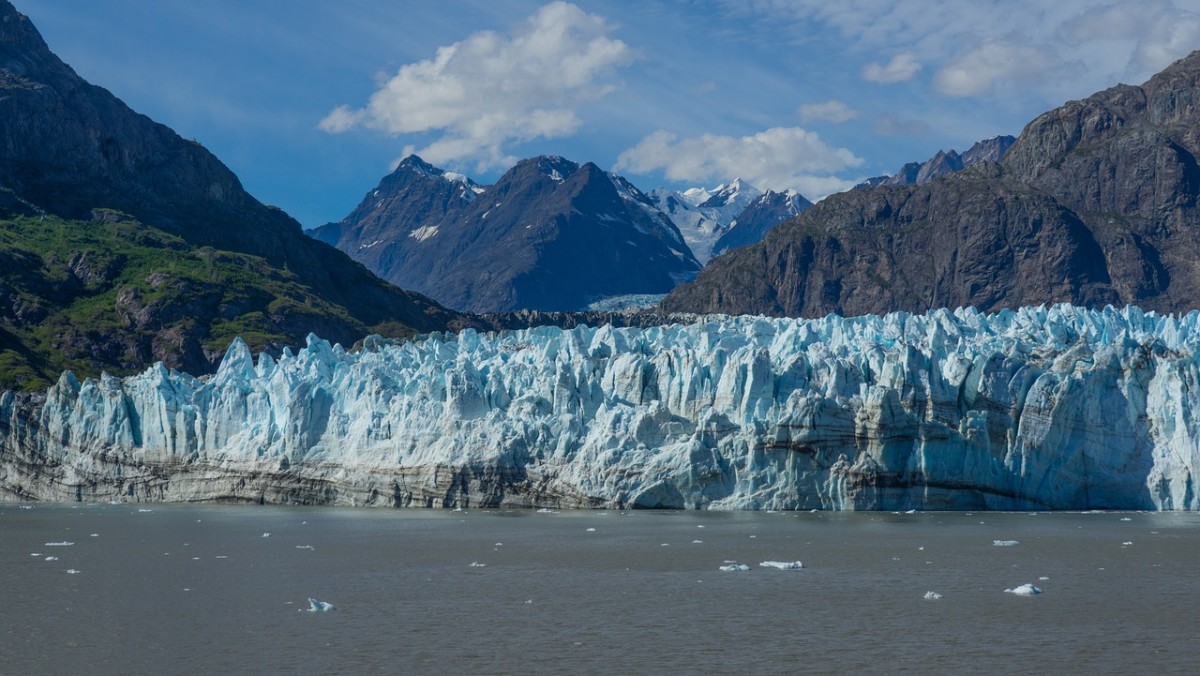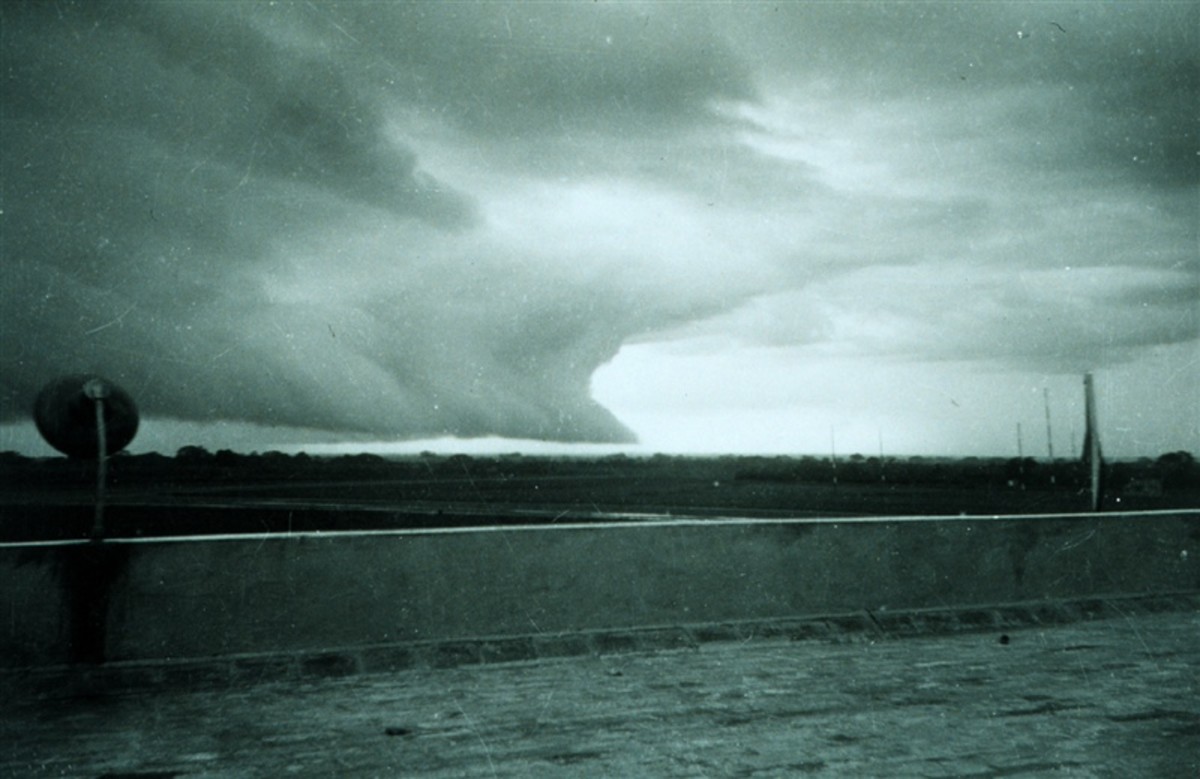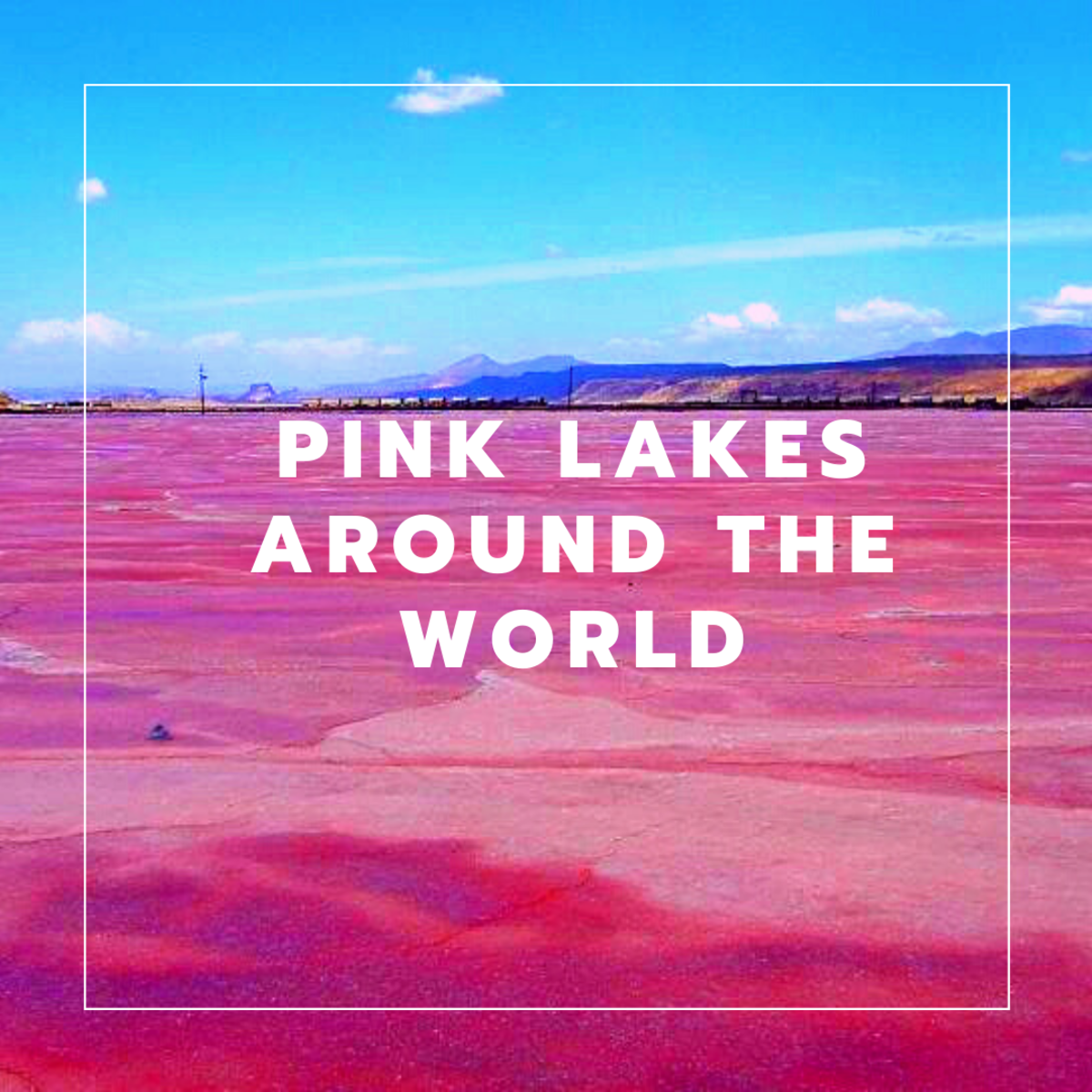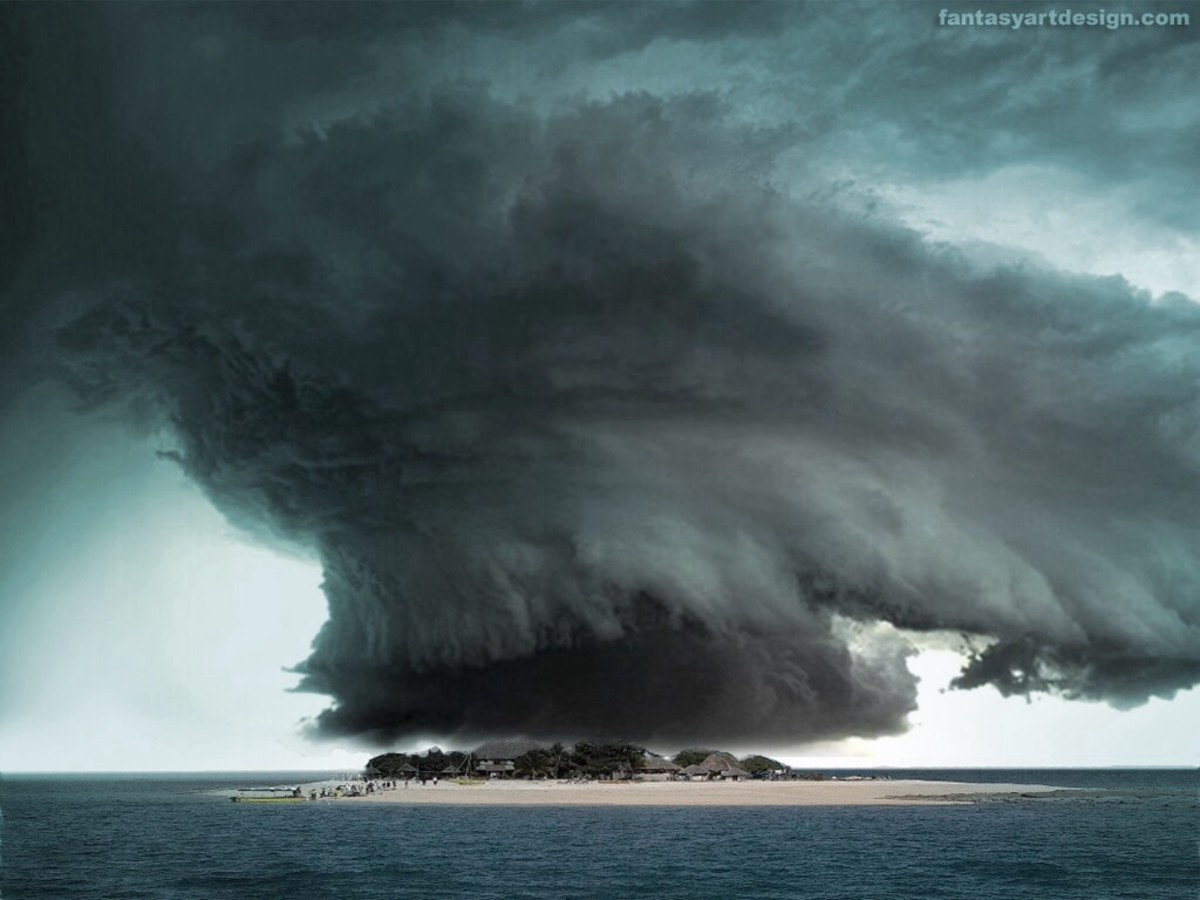Incredible Sea Ice - Lots of Photographs
Sea ice forms when sea water is supercooled and the top layer of the ocean begins to freeze up. Unlike a glacier or an ice berg which are made up of all fresh water from the start, sea ice is formed from salty sea water that freezes. However, during the process of forming into ice crystals, sea ice looses its salinity and eventually becomes fresh as well.
Because of the salt content of the ocean, sea ice forms when the ocean is below normal freezing temperatures of 0 degree C (32 degrees F). It takes temperatures that are -1.8 degree C (28.8 degree F) for salt water to freeze.
Land-Fast Ice:
Land fast ice is ice that is connected to the shore line and does not move around with the currents and wind. The outside edges of the ice will eventually break off and become pancake ice or drift ice.
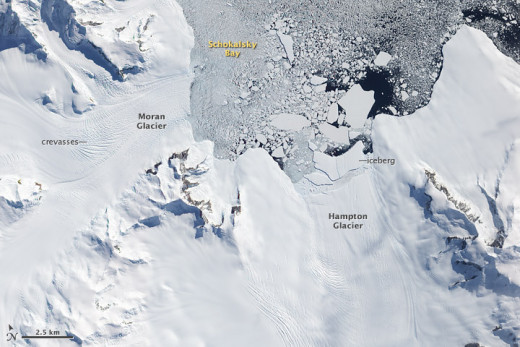
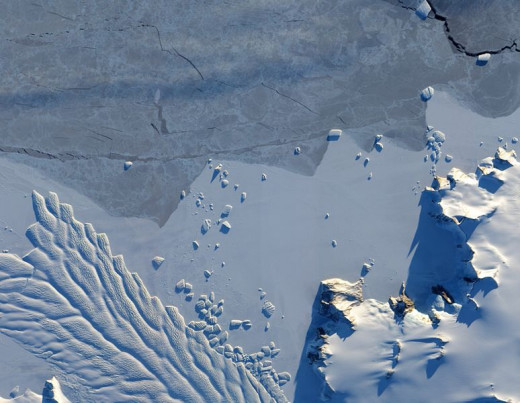
Drift Ice:
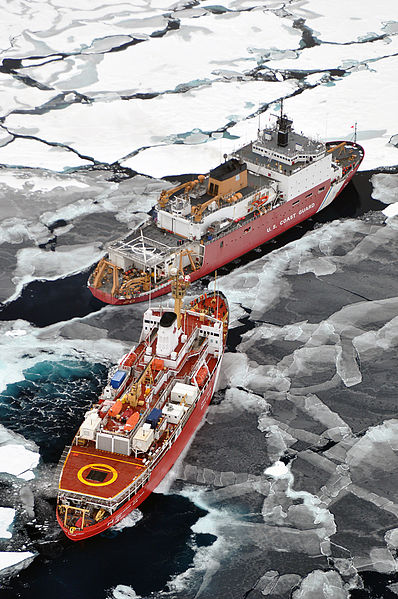
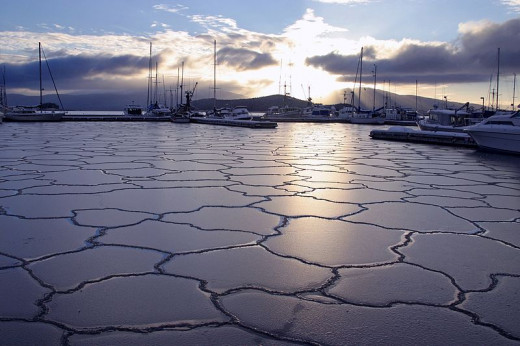
In calm water, sea ice starts out as a skim of small crystals on the surface of the water. As these crystals begin to grow outward, they become fragile and any waves, wind or turbulance can break them into smaller pieces creating a slush layer on the surface of the ocean. This layer is also known as frazil or grease ice. Once the weather becomes calm enough again the slush will form into a solid sheet of clear ice 1-5 cm thick. Once this stage is complete, the process of growth changes. Now instead of surface water freezing, it is the water underneath the ice that starts to freeze in a process called congelation growth.
The water directly under the ice is begin cooled by the ice and eventually becomes cold enough to congeal on to the existing sheet and the process continues. In a single season this ice can reach thicknesses of 1.5 to 2 m thick.
In rough water the waves and wind are primarily responsible for wicking heat away from the top layer of the ocean. This again turns into a slushy mixture that is mixed up and smashed toegether by waves and eventually condenses into a sheet of ice. It can form into small discs of ice called pancake ice. Pieces of pancake ice roam around the ocean and smash into each other giving them slightly upturned edges. Eventually all the pancake ice will either freeze together or get washed over with freezing water and become encased.
Sea ice freezes and melts due to a combination of factors, including the age of the ice, air temperatures, and solar insolation. In the Arctic Ocean the sea ice reaches a peak around March and is at its lowest in the month of September.
Pancake Ice:
Pancake ice is similar to drift ice but it has formed into small pancake looking pieces. It gets its characteristic upturned egdes from colliding with other pieces of ice. If the weather is bad enough, several pieces can become swamped with water and encased into one larger sheet of ice.
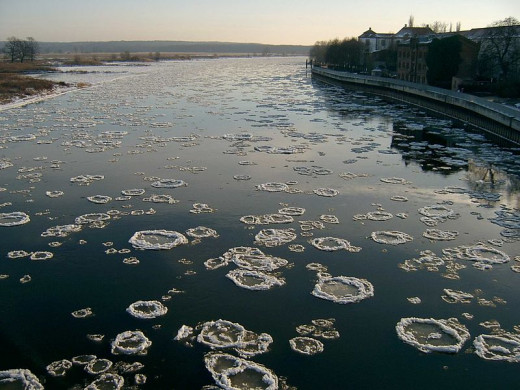
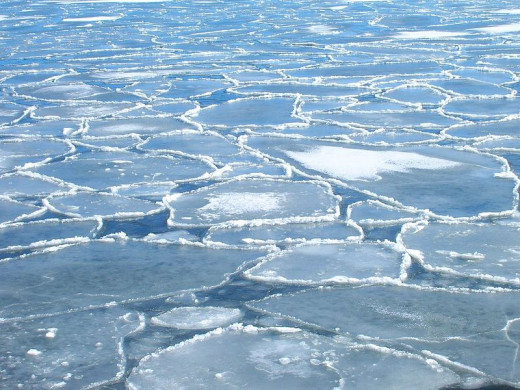
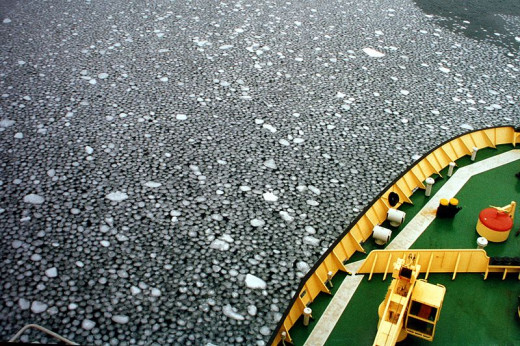
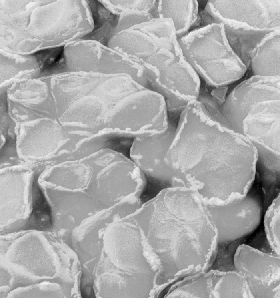
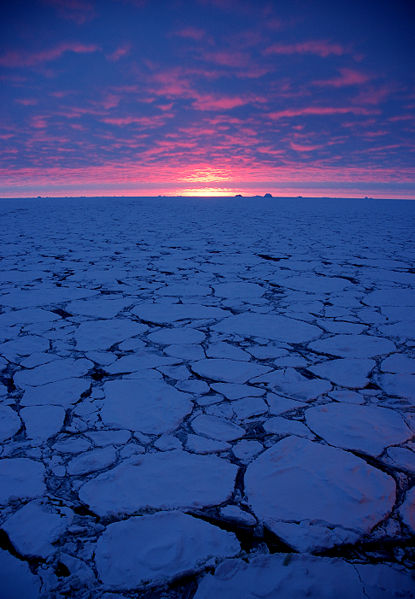
Arctic and Antarctic Sea Ice:
These "polar packs" aslo known as arctic sea ice and antarctic sea ice are seasonal and their size depends greatly on atmospheric conditions. They are usually slow moving and are formed when large chunks of ice come together and from into bigger pieces. A collection of sea ice that is smaller than 10km (6 miles) at its greatest dimension is called an ice floe. Anything bigger than that is called an ice field.
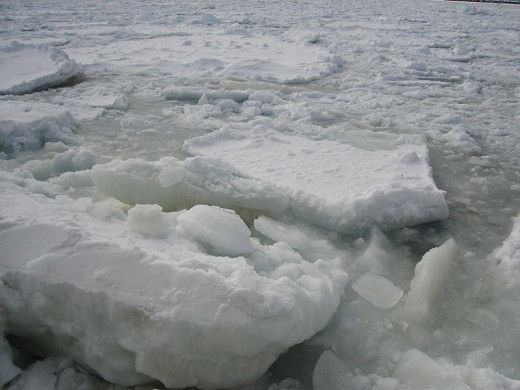
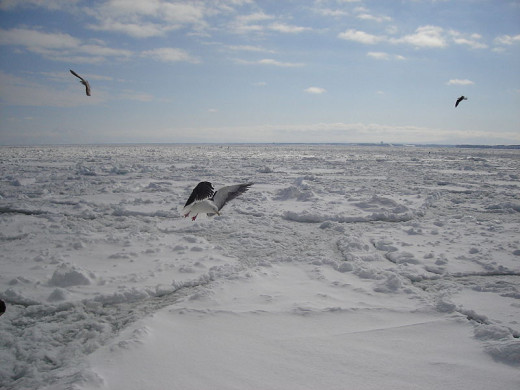
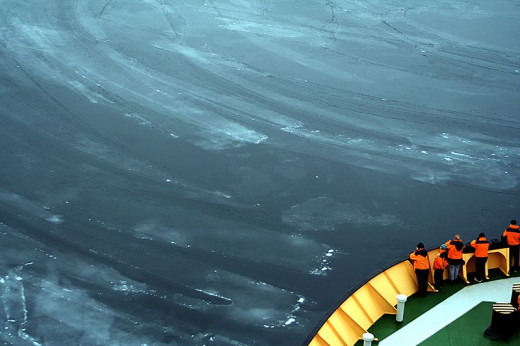
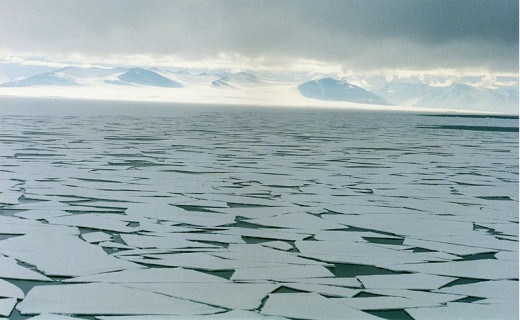
The importance of Sea Ice
Even though sea ice covers only a small portion of our globe, it is very important for the worlds climate. Because ice is very reflective of sunlight, areas of the land and water covered by ice don't absorb much solar energy. Most of the light that lands on them is reflected back out into space keeping the temperature of the water and surrounding environment down. Changing temperatures can wreak havoc on the melting and freezing cycles of the ice cause. It will always form in the heart of the polar winters when there is little to no daylight at the poles but will start to melt much faster and be not as effective at re-directing radiation when the sun comes back out.
Sea ice is also crucial in the movement of the oceans water through convection. When the ice crystals form, most of the salt is removed from the ice and it joins the water directly below it making that water highly concentrated with salt. The average salinity of the ocean in 3.5 percent but that can be pushed up to 4-5% in places with a lot of congelation freezing. This saltier water is much denser than the surrounding water and it sinks to the ocean floor causing upwellings of colder, nutrient rich water from the ocean bottom. The dense cold water will then begin to warm up and travel towards the equator pushing water from the equator around in a big cycle back towards the poles.
For more infomation see:
- Arctic Sea Ice
Comments on Arctic sea ice news and data. Its a little confusing to navigate but has some good info if you want to dig. - All About Sea Ice, Introduction :: National Snow and Ice Data Center
They have lots of data and graphs about the cycles of sea ice.



